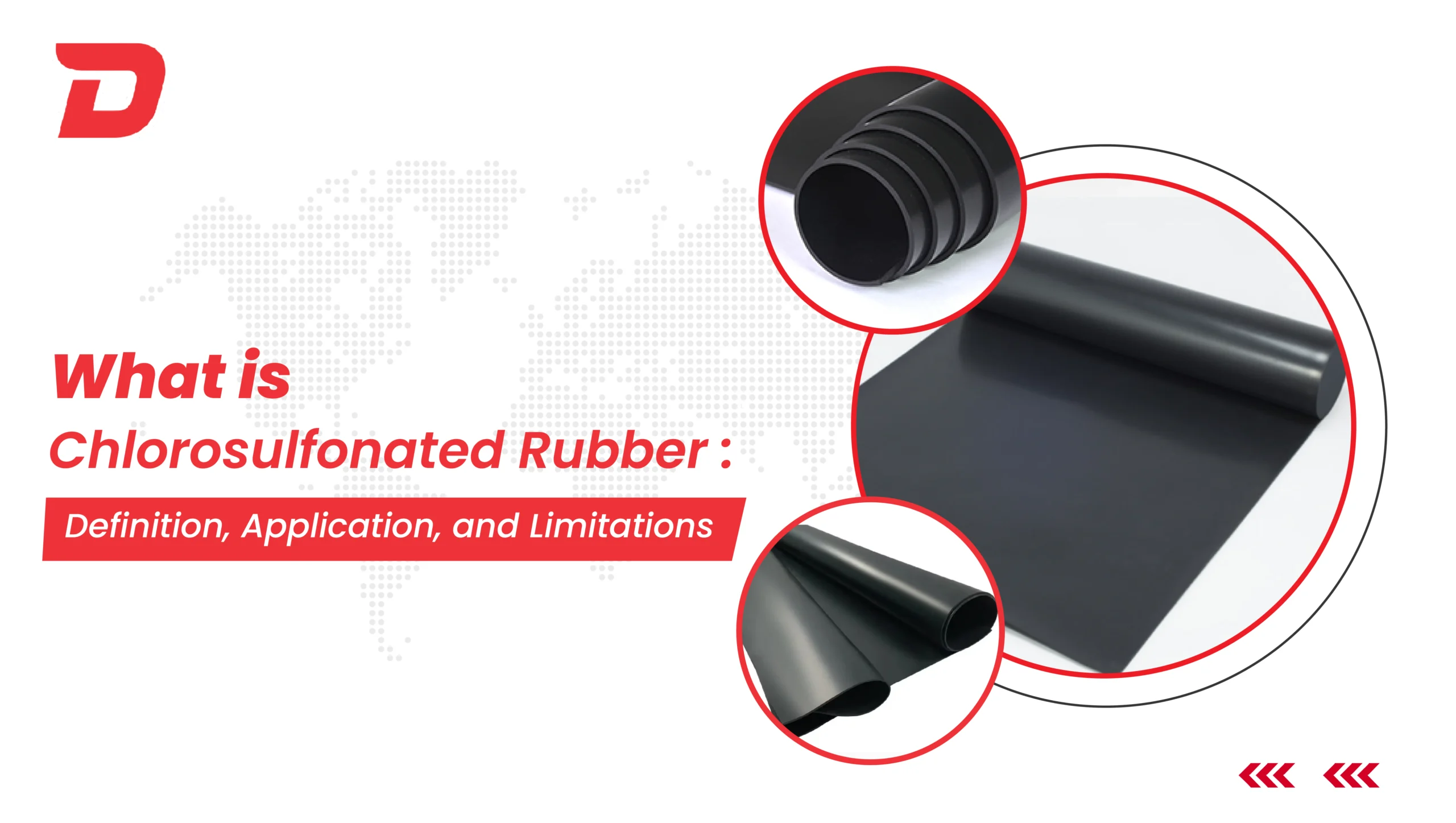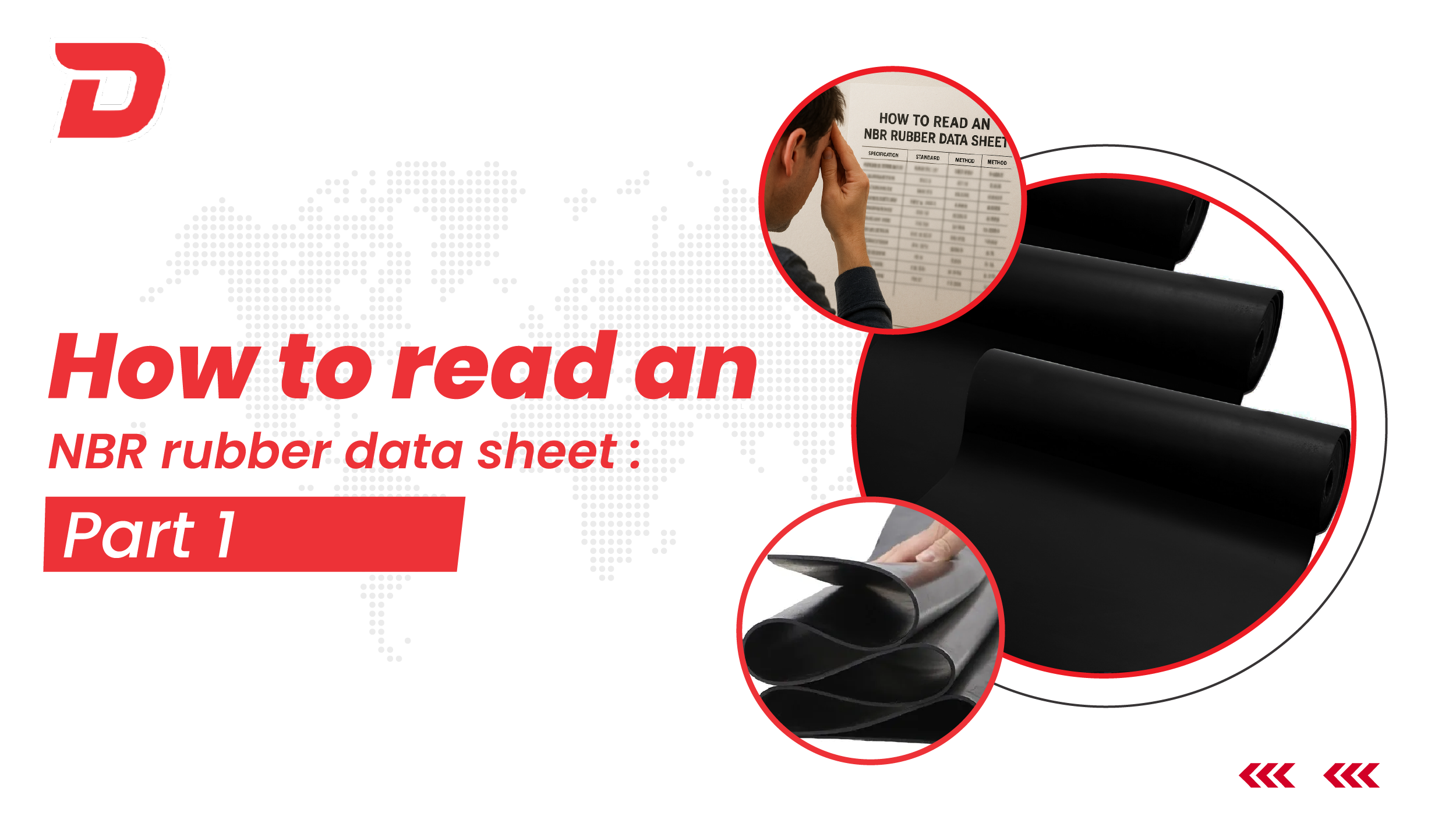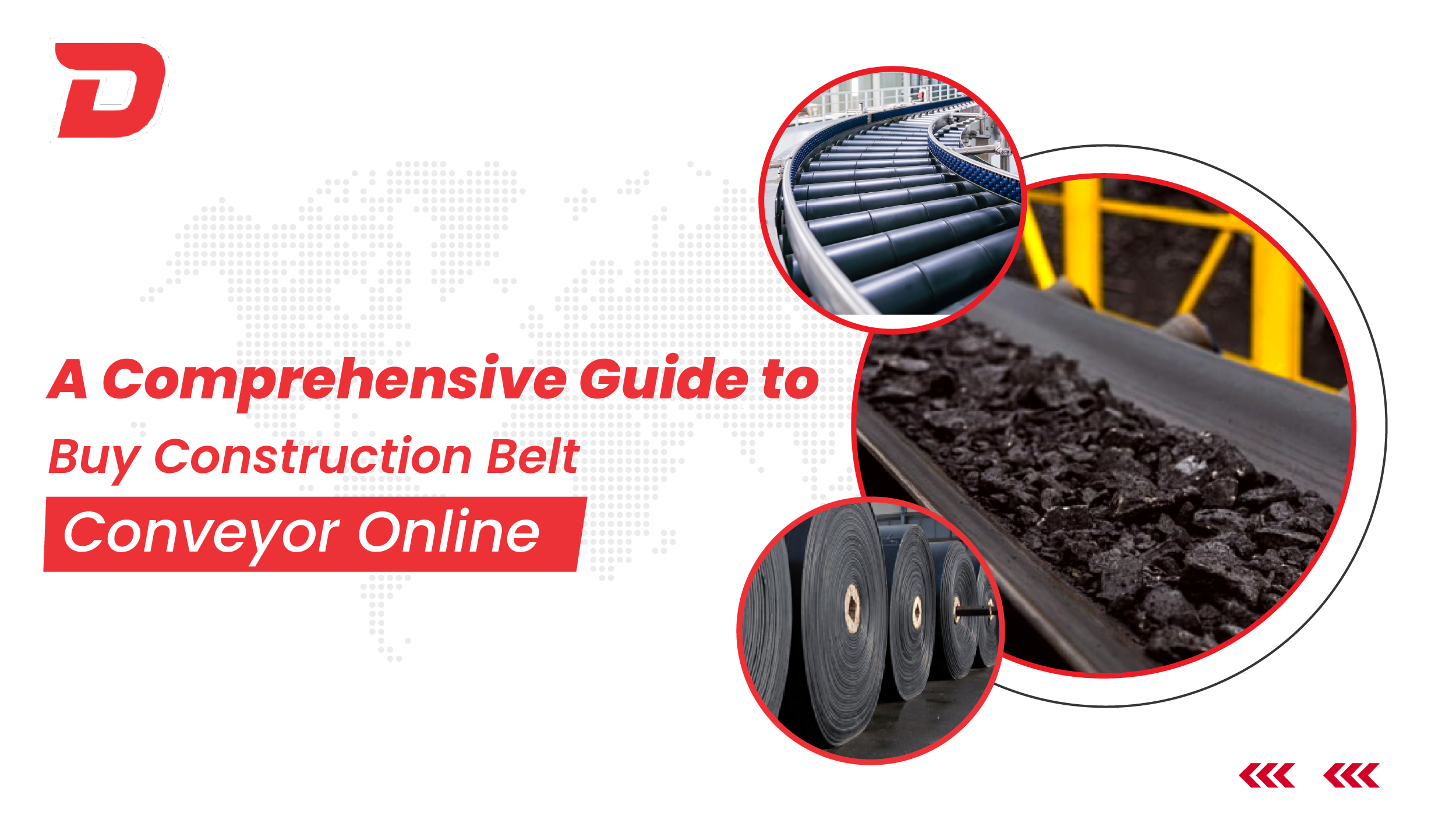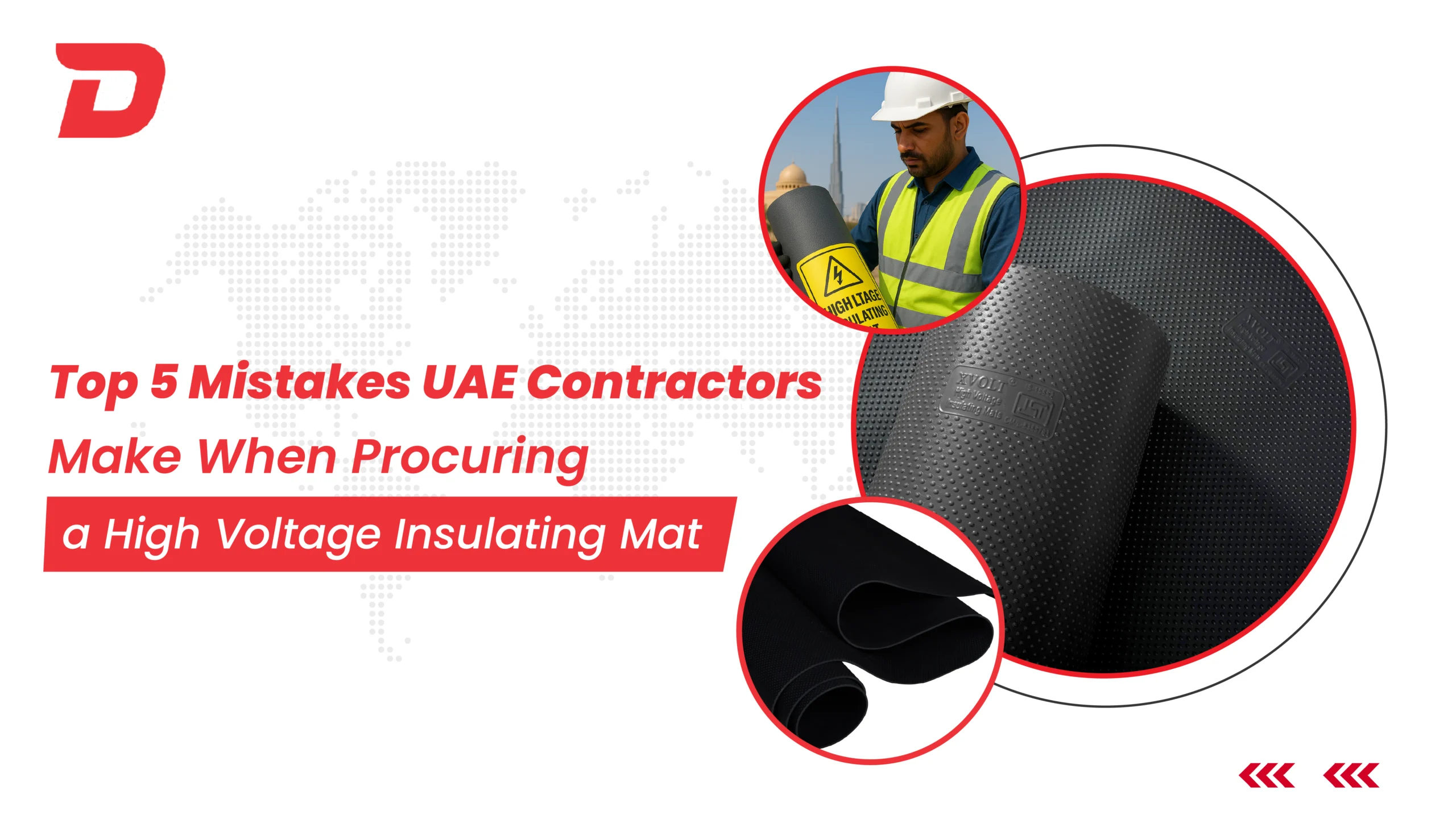High voltage insulating mats are critical for industrial safety, especially near electrical equipment. While insulating rubber matting is a necessity, we have seen users struggle with the insulating mat electrical installation.
Unfortunately, a small mistake can expose you and your workers to deadly risks. According to electrical insulating mats manufacturers, you do not need much technical assistance to install the product- just following their guidelines will do. Yes, sticking to the rules will make the process easy, but it might not be foolproof!
Thus, we will talk about major three high voltage insulating mats installation mistakes here and how you can avoid them:
You Should Never Make These 3 High Voltage Insulating Mats Installation Mistakes:
Insulating floor mats are made of elastomer- a type of non-conductive rubber compound. Although they are quite durable, installation mistakes can lead to:
- Quick deterioration of the product
- Frequent replacements
- Costly industrial accidents
What are these mistakes? Here they are:
1. Improper Surface Preparation
How do you prepare the surface of the floors while laying the insulating rubber matting?
No?
Your Mistake is:
Installing insulating mats on dirty, uneven, or damp surfaces.
Why is it a problem?
Dust, moisture, or uneven surfaces can degrade the mat’s dielectric properties. Moreover, the abrasive dust particles cause premature wear in the high voltage insulating mats.
Humidity and Moisture are also challenging to tackle. Moisture can penetrate the insulating floor mats. It creates a conductive path, defeating its core purpose.
What is the best practice then?
We know that when you have to install rubber mat flooring throughout your factory, doing special checks is difficult. However, if you just take out a minute or two, it will make you stress-free in the long run.
Therefore, install mats on clean, dry, and level surfaces. Conduct a surface inspection and cleaning before placement. You can use a moisture barrier or raise mats slightly to prevent water accumulation underneath.

2. Using the Wrong Class of High Voltage Insulating Mats
Electrical mats come in different variations both in terms of compliance standards and working voltage classes.
Your mistake is:
Whether you are installing an insulating mat as per is 15652 or an IEC mat, do not choose a mat that does not match your requirements. For example, suppose you need an IEC mat to resist up to 17 kV voltage but there is an area where the voltage exceeds 17 kV. What do you do? Manage with what you have.
No, you should get a class 4 rubber mat of the IEC standard instead.
Best Practice:
Connect with an expert or electrical insulating mats manufacturers to understand what would be the ideal option for you. Refer to the equipment’s voltage specifications and select mats that conform to the correct class (e.g., Class A, B, or C under IS standards).
Quick Reference for IEC 61111:2009 Insulating Rubber Matting:
| Voltage Level | Recommended Class |
|---|---|
| Oil Resistance | Class 0 |
| Up to 7.5kV | Class 1 |
| Up to 17kV | Class 2 |
| Up to 26.5kV | Class 3 |
| Up to 36kV | Class 4 |

3. Incorrect Mat Placement and Insufficient Coverage
What about the size of the insulating mat electrical variant that you are installing? How much area should it cover?
Experts say that the insulating mat as per IS 15652 or IEC 61111:2009 insulating floor mats should cover the entire area where your workers will stand.
Your mistake here is:
Buying high voltage insulating mats that are either too small or too large for the area.
Why It’s a Problem:
Partial coverage exposes the personnel to live contacts when stepping off the mat, especially in panel rooms or control areas.
A poorly positioned electrical mat does not have a good grip. It can lead to slips, trips, and falls.
As per a blog by the National Safety Council, More than 8.5 million people were treated in emergency rooms for fall-related injuries in 2022. The number has not reduced even in 2025.
What is the best practice?
First of all, get the high voltage insulating mats in the correct dimension. Furthermore, you can secure them with adhesives if necessary. Need a custom-size mat? Discuss the feasibility with electrical insulating mats manufacturers.
The Bottom line,
An electrical mat can be a long-lasting investment and a partner in your growth. Thus, you have to think beyond the insulating floor mats cost. Whether you’re overseeing a new facility set up or auditing existing installations, the right insulating rubber matting selection and placement can save lives — and costs.
Need help choosing the right mat?
At Duratuf, we offer ERDA lab-tested and insulating mats, tailored to your requirements. Connect with us now to know more!







